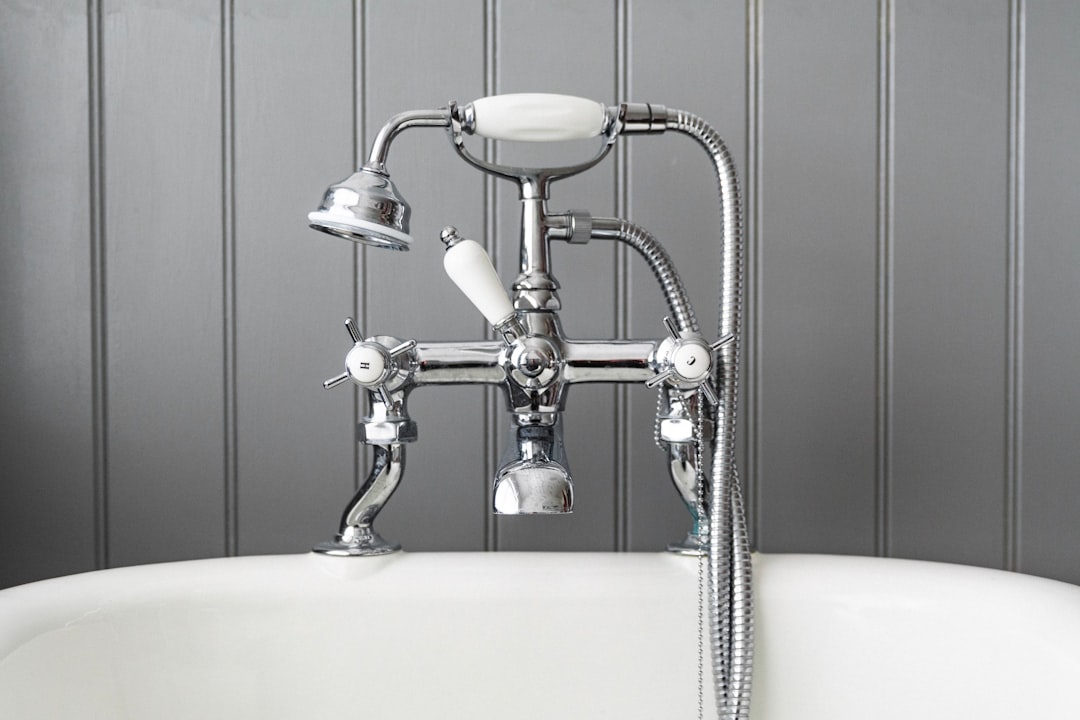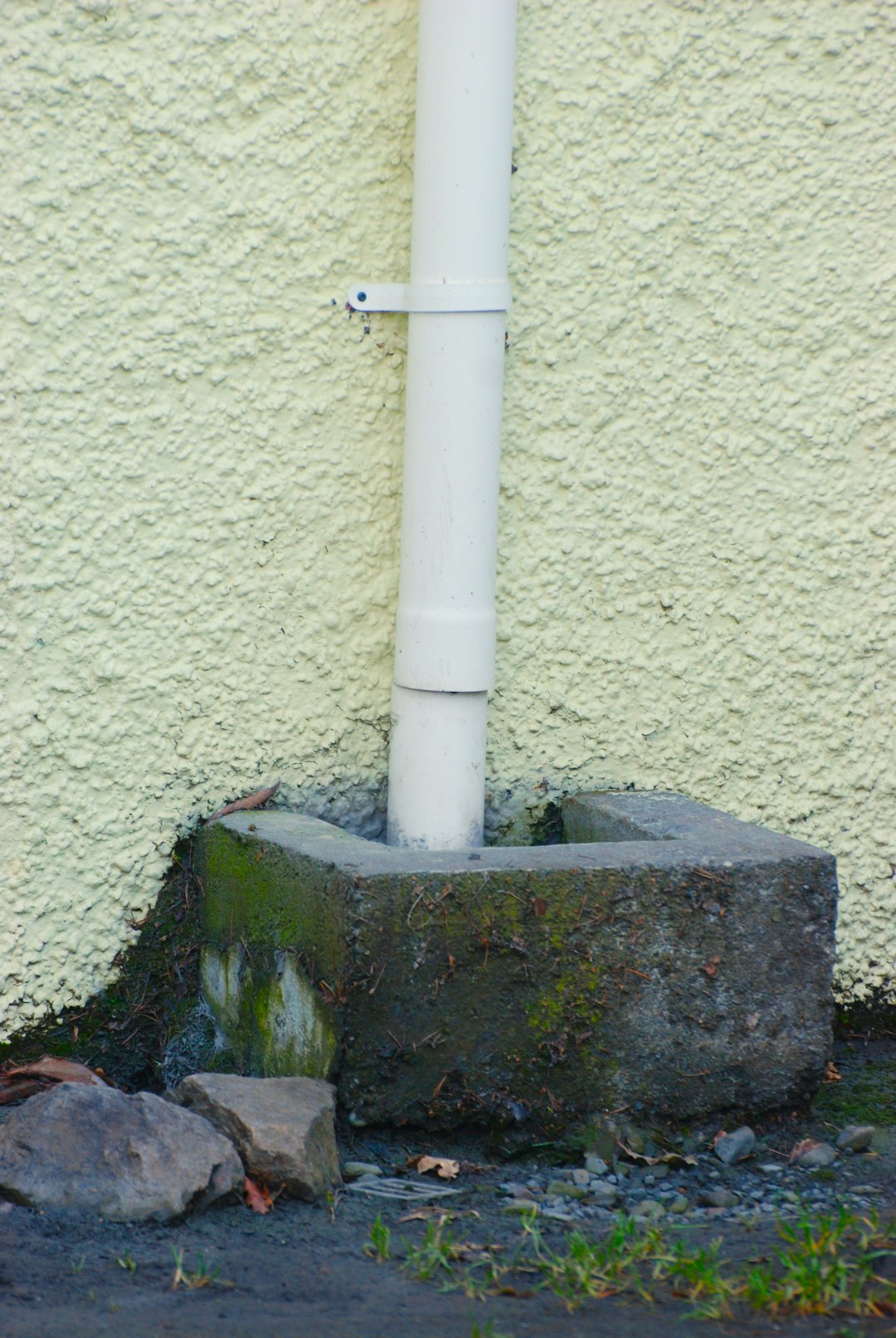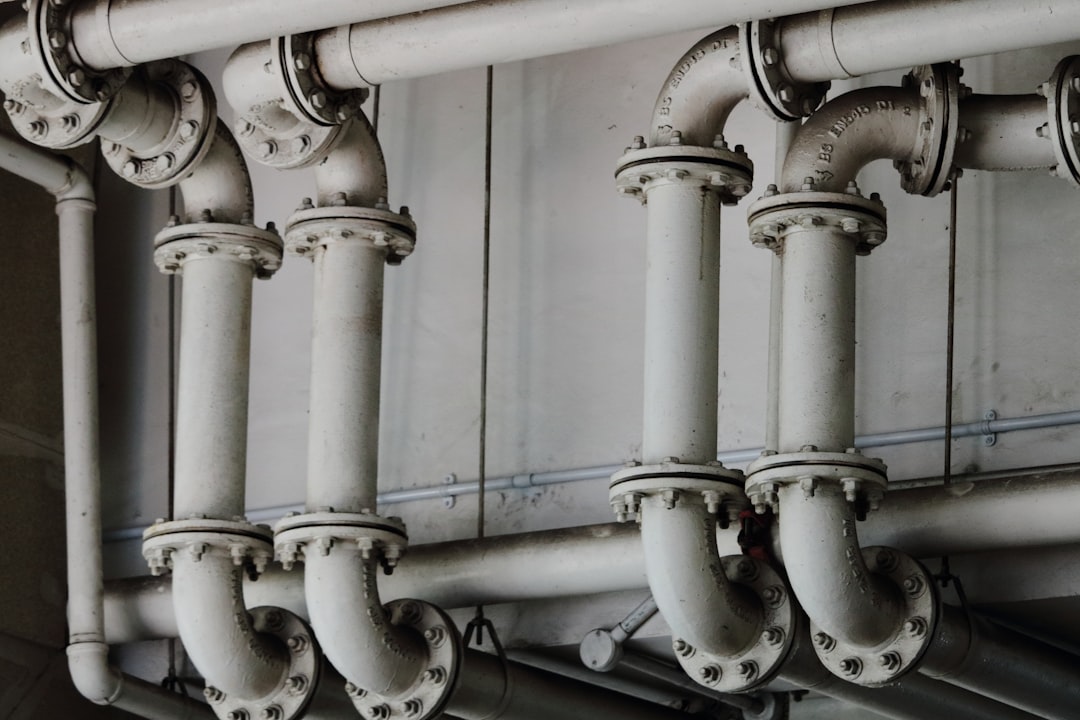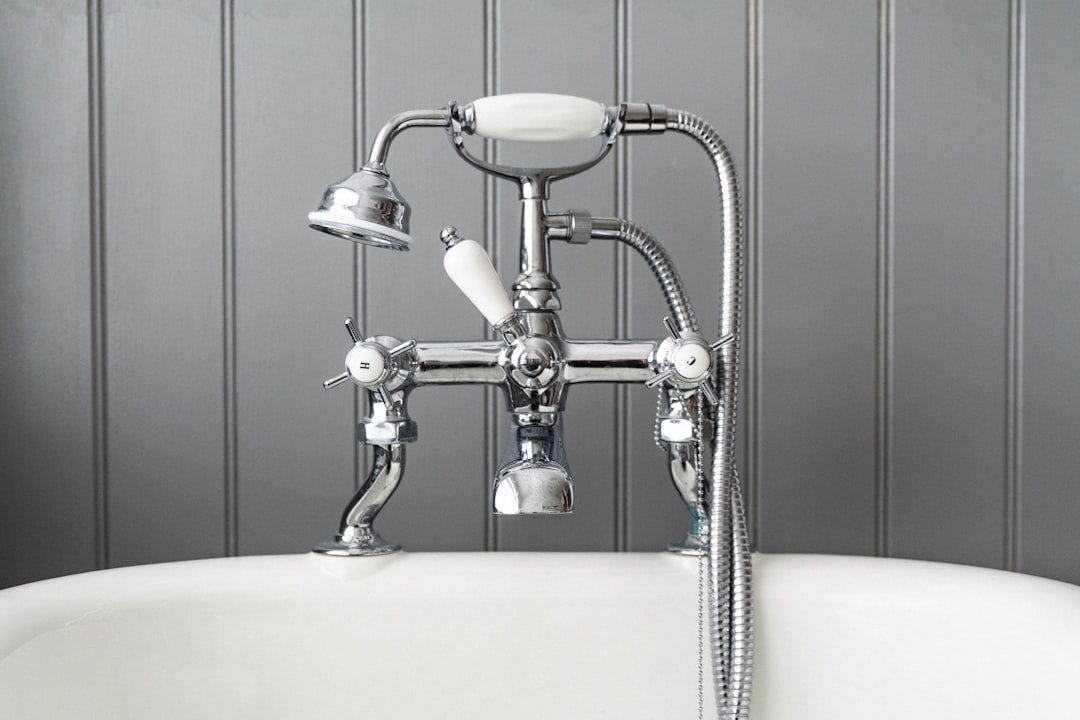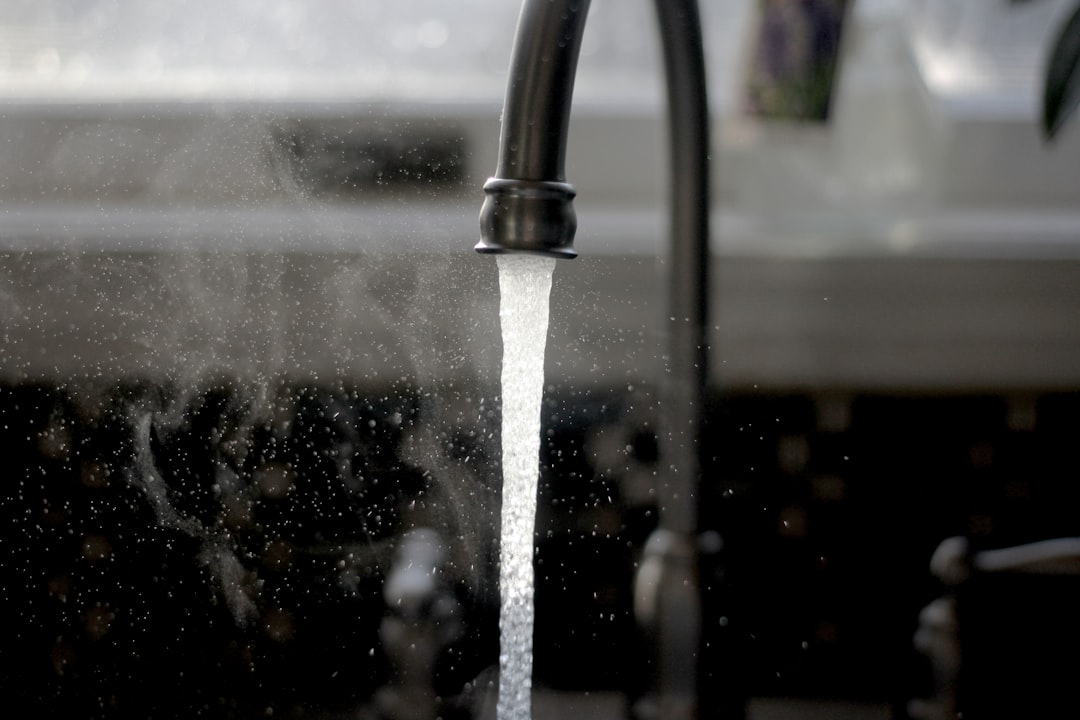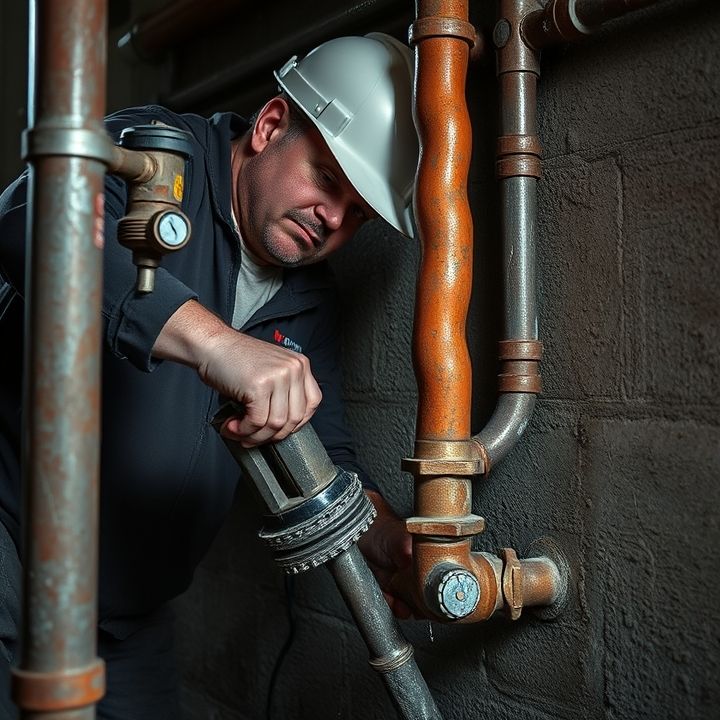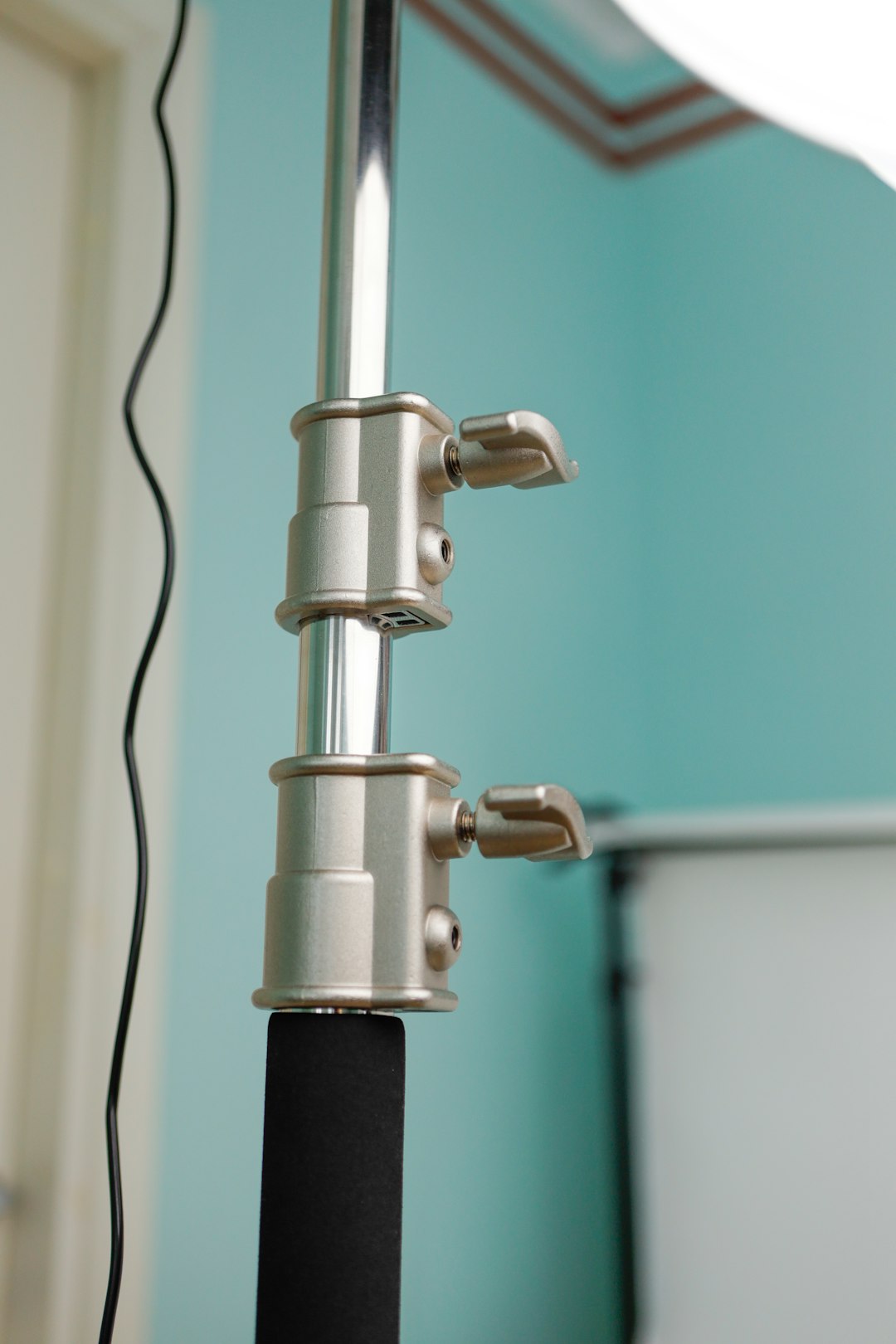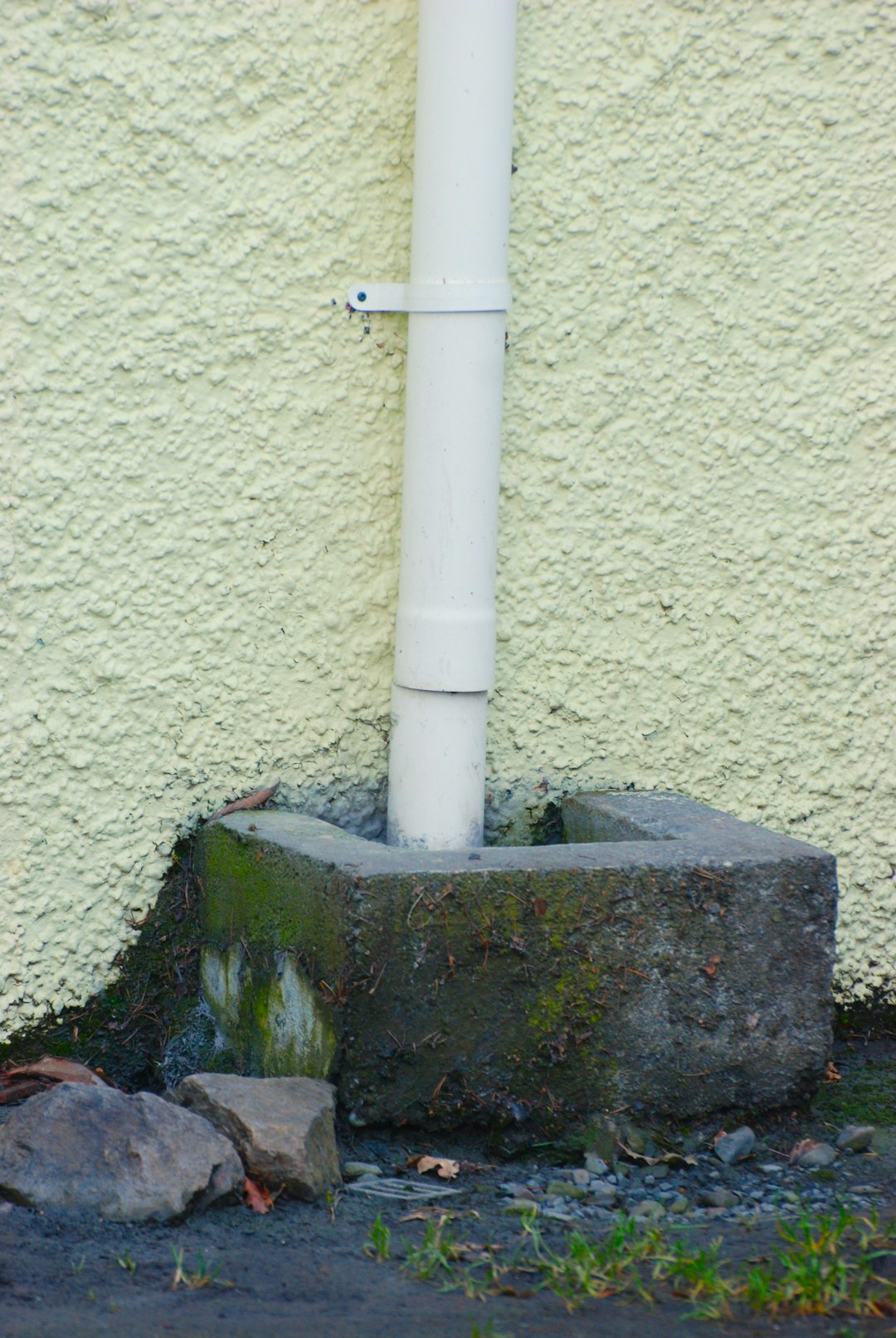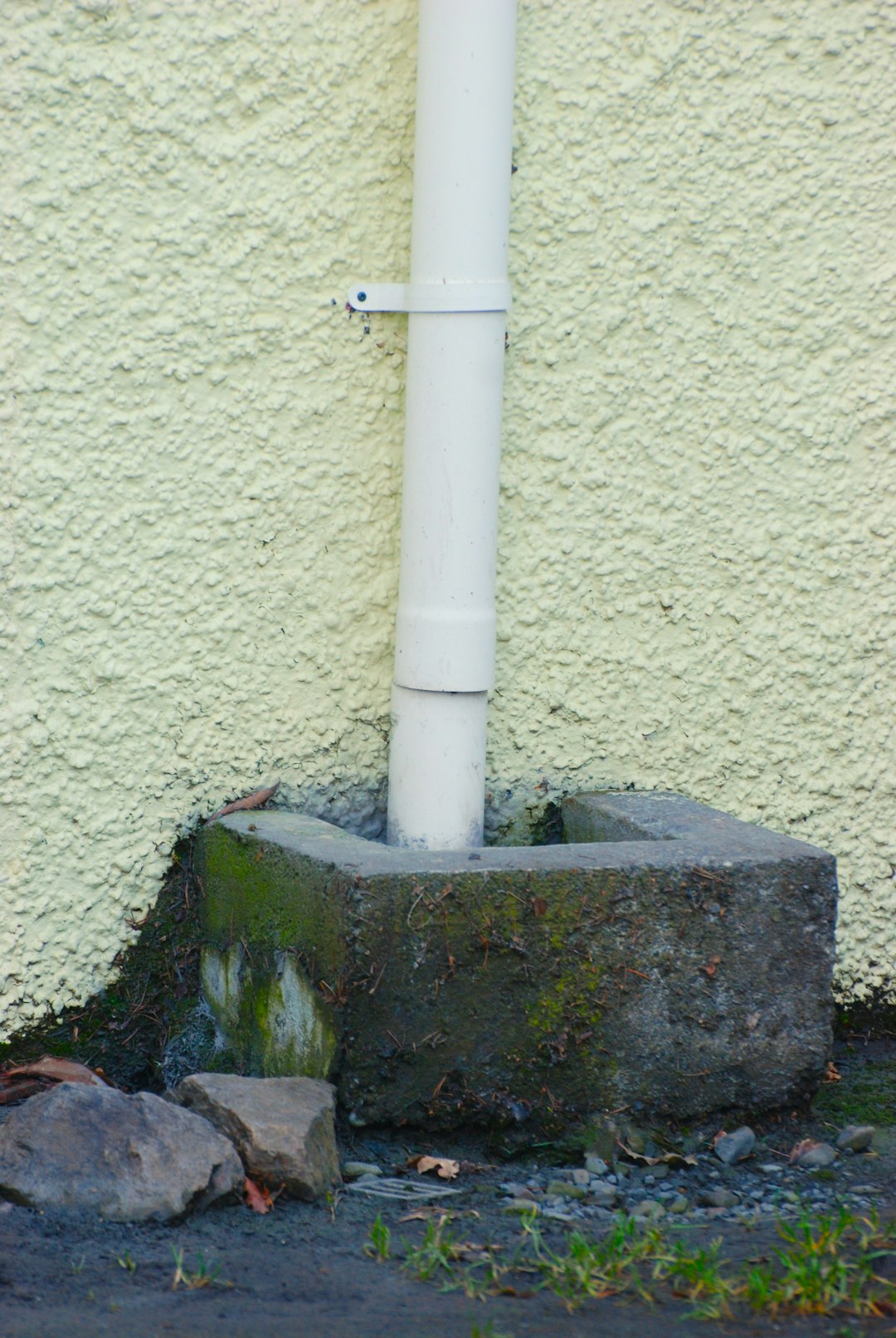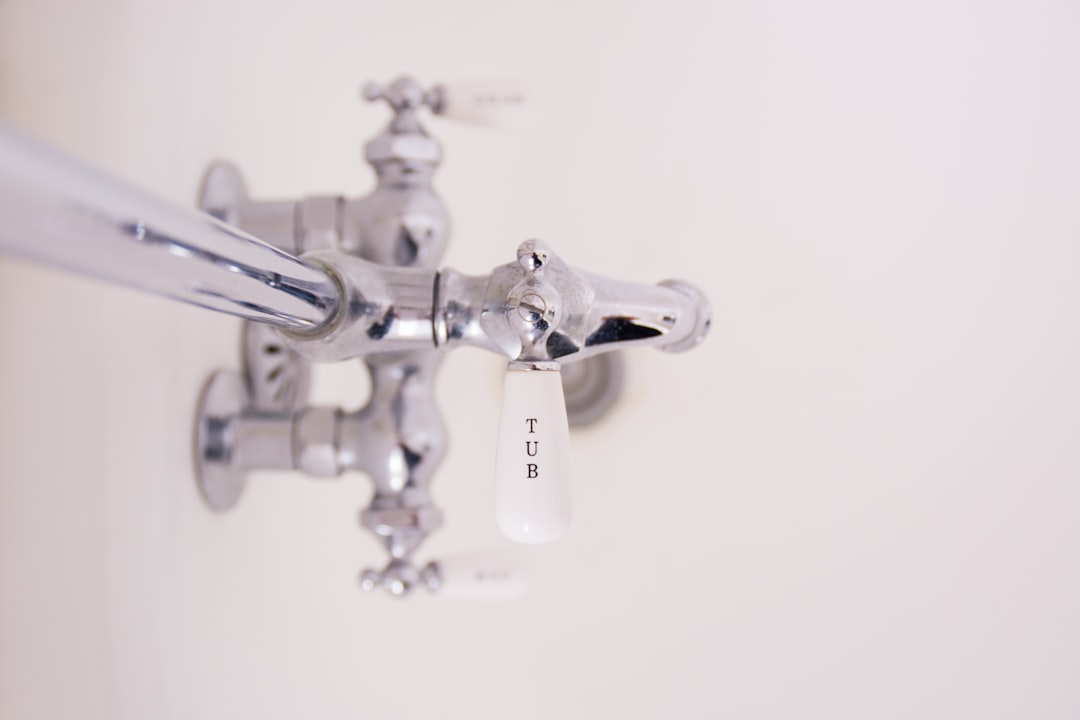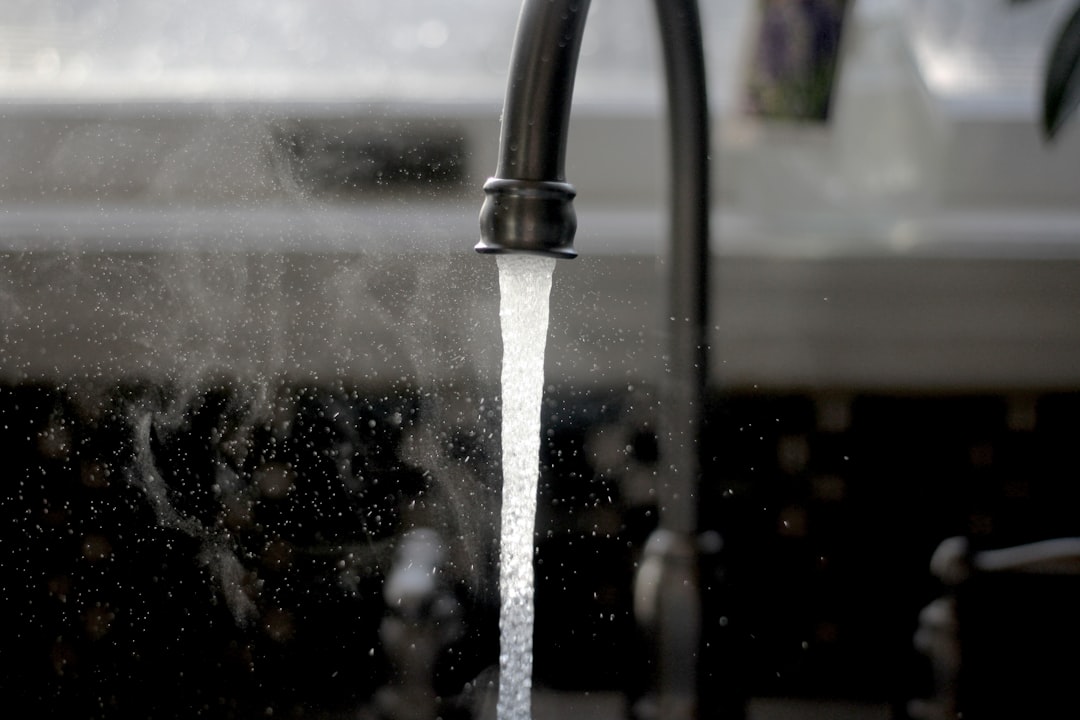Table of Contents
- Introduction
- Plumbing pipe replacement techniques and materials
- Guide to plumbing fixture installation: sinks, faucets, and more
- Common plumbing valve repair methods and maintenance tips
- How to handle plumbing emergencies effectively
- The importance of plumbing drain cleaning and methods used
- Water heater service: maintenance and repair essentials
- Understanding plumbing sewer line repair and its processes
- Innovations in plumbing leak detection and prevention
- Conclusion
- Frequently Asked Questions
Introduction
Welcome to the world of plumbing mastery, where every leak, clog, and pipe installation transforms into a story of skill and innovation!
Whether facing a minor drippy faucet or a significant installation challenge, plumbing is an art that marries technical expertise with practical solutions. In this article, we will dive deep into extensive solutions for every plumbing need you may encounter, unraveling the secrets that professionals utilize to maintain and enhance the heart of our homes—our plumbing systems.
From everyday fixes to complex projects, we’ll explore a wide array of techniques and tools that can empower anyone—homeowners, DIY enthusiasts, or aspiring professionals. Get ready to transform your understanding of plumbing, tackle household challenges like a pro, and discover joy in every successful repair!
Plumbing pipe replacement techniques and materials
Plumbing pipe replacement techniques vary significantly depending on the material of the existing pipes, the extent of damage, and the overall plumbing system design. Common materials used in plumbing include copper, PVC, CPVC, and PEX, each offering unique benefits and drawbacks.
A prevalent technique for replacing old pipes is known as trenchless technology. This method minimizes disruption to the landscape by creating small access points rather than digging up entire sections of the yard. Another technique involves traditional pipe bursting, where a new pipe is inserted into the existing damaged pipe, effectively replacing it without extensive excavation.
Additionally, when it comes to materials, copper is valued for its durability and resistance to corrosion, while PEX is favored for its flexibility and ease of installation. PVC and CPVC are often chosen for their cost-effectiveness and resistance to certain chemicals.
Overall, selecting the right technique and material is crucial for ensuring a reliable and long-lasting plumbing system, as each choice can significantly impact the system’s performance and maintenance needs.
Guide to plumbing fixture installation: sinks, faucets, and more
Installing plumbing fixtures such as sinks and faucets is an essential skill for homeowners and renters alike.
First, it is crucial to gather all necessary tools and materials, which may include wrenches, screwdrivers, plumber’s tape, and the fixture itself.
To begin the installation of a sink, turn off the water supply and disconnect any existing plumbing.
Properly position the new sink in the countertop opening, ensuring a secure fit.
For faucets, follow the manufacturer’s instructions closely; typically, this involves connecting the handles and spout first.
Make sure to apply plumber’s tape to threads to prevent leaks.
Once everything is securely in place, reconnect the water supply and check for any leaks by turning on the water gently.
It’s advisable to have a bucket handy to catch any residual water during the process.
Following these steps will lead to a successful installation of kitchen or bathroom fixtures, enhancing both functionality and aesthetics.
Common plumbing valve repair methods and maintenance tips
Common plumbing valve repairs often involve addressing leaks, replacing parts, or ensuring proper function. First, it is crucial to identify the type of valve, such as a ball valve, gate valve, or check valve, as each has distinct repair methods. For leaking valves, turn off the water supply and disassemble the valve. Inspect washers, O-rings, or seals for wear and replace them as necessary.
Regular maintenance is key to prolonging the life of plumbing valves. Periodically check valves for leaks and tightness, and ensure they can fully open and close. Applying silicone grease can help keep moving parts lubricated.
In addition to repairs, it is advisable to regularly exercise valves by opening and closing them. This can prevent them from becoming stuck due to corrosion or mineral build-up. Moreover, if you notice persistent issues that reoccur despite repairs, consider consulting a professional plumber to evaluate underlying problems, which may require more extensive solutions.
How to handle plumbing emergencies effectively
Handling plumbing emergencies effectively requires quick thinking and prompt action. The first step is to identify the source of the problem. If there is a leak or burst pipe, locate the main water shut-off valve and turn it off to prevent further water damage. Next, assess the situation: if it’s a clogged drain, try using a plunger or a drain snake to clear the blockage. For more severe issues like a backed-up toilet or flooding, it may be necessary to seek help from a professional plumber.
While waiting for assistance, try to contain any water damage by using buckets or towels. Additionally, take photographs of the damage for insurance purposes, as this can be helpful in filing a claim later. Remember to document any steps you take in addressing the emergency. Keeping a basic plumbing toolkit on hand, including items like a plunger, adjustable wrench, and Teflon tape, can also be invaluable. Being prepared allows homeowners to handle plumbing emergencies with greater confidence and efficiency.
The importance of plumbing drain cleaning and methods used
Cleaning plumbing drains is essential to maintain the efficiency and longevity of a plumbing system. Over time, debris, grease, and other materials can accumulate in the pipes, leading to clogs that can result in costly damage or sewage backups. Regular drain cleaning helps prevent these issues, ensuring that water flows freely and reducing the risk of emergency repairs.
Several methods are utilized for effective drain cleaning. One common technique is the use of a plumbing snake, which can navigate through pipes to dislodge blockages. For more stubborn clogs, hydro jetting may be employed; this powerful method uses high-pressure water to clear away buildup and maintain sanitary conditions within the plumbing system.
Chemical drain cleaners are another option, although they should be used with caution as they can be corrosive and harmful to the environment. Routine inspections and maintenance further enhance drainage efficiency and promote a healthier plumbing system. By prioritizing drain cleaning, homeowners can save time and money while ensuring the proper functioning of their plumbing.
Water heater service: maintenance and repair essentials
Water heater service is essential for ensuring the longevity and efficiency of your heating system. Regular maintenance can prevent costly repairs and energy waste. It is recommended to flush your water heater at least once a year to eliminate sediment buildup, which can impact performance. Additionally, checking the anode rod is crucial; this component helps prevent corrosion inside the tank. If the rod is significantly corroded, replacing it can extend the life of your water heater.
During maintenance, inspect the pressure relief valve to ensure it is functioning properly, as this is vital for safety. Any unusual noises, such as popping or rumbling, might indicate sediment buildup that requires immediate attention. Furthermore, checking the thermostat settings and ensuring they are at optimal levels (usually around 120°F) can improve efficiency and safety.
If you encounter any issues, such as inconsistent water temperature or leaks, it’s important to contact a professional for repairs. Regular service not only enhances performance but also provides peace of mind, knowing that your water heating system is operating safely and effectively.
Understanding plumbing sewer line repair and its processes
Understanding plumbing sewer line repair involves recognizing its importance in maintaining a home’s sanitation and integrity. The sewer line is responsible for transporting waste away from the home to the municipal sewer system or septic tank. Over time, various issues can arise, including clogs, leaks, or structural damage.
The repair process typically starts with a thorough inspection using specialized cameras to identify the problem’s location and nature. Once diagnosed, the next steps can vary based on the severity of the issue. For minor clogs, methods such as hydro-jetting or snaking can be effective in clearing blockages. However, more significant problems like tree root intrusion or major fractures may require extensive repairs, including trenchless methods, which alleviate the need for disruptive digging.
Understanding these processes is crucial for homeowners to make informed decisions and maintain the health of their plumbing systems. Regular maintenance can go a long way in preventing costly repairs and ensuring the longevity of sewer lines.
Innovations in plumbing leak detection and prevention
In recent years, the plumbing industry has witnessed significant innovations in leak detection and prevention technologies. Traditional methods often relied on manual inspections and guesswork, leaving room for costly damages. However, advancements in technology have led to the development of smart leak detection systems that utilize sensors and IoT (Internet of Things) devices. These systems can monitor water flow and pressure in real-time, alerting homeowners to any anomalies that may indicate a leak.
Furthermore, some modern leak detection solutions include acoustic sensors that can detect the sound of water escaping from pipes. These devices can pinpoint leaks with precision, reducing the need for invasive inspection methods. Another innovation is the integration of machine learning algorithms, which analyze historical data to predict potential leak sites before they become a problem.
Preventive measures, such as automatic shut-off valves, have also become common, allowing homeowners to minimize water damage by shutting off the supply when a leak is detected. Together, these innovations make it easier to maintain plumbing systems, protect property, and conserve water.
Conclusion
In conclusion, mastering plumbing solutions is essential for maintaining a functional and efficient home. From understanding the best techniques for pipe replacement to recognizing when to install new fixtures or handle emergencies, being knowledgeable about plumbing can save time, money, and stress. Regular maintenance, such as drain cleaning and water heater servicing, plays a critical role in preventing major issues and promoting the longevity of your plumbing system. As innovations continue to enhance leak detection and prevention, homeowners can further protect their property from unexpected damages.
If you find yourself facing plumbing challenges, remember that professional help is just a phone call away. Don’t hesitate to reach out for expert assistance. Contact us today at 573-555-2121 for reliable plumbing solutions tailored to your needs. Let us help you achieve plumbing mastery and ensure your home runs smoothly.
